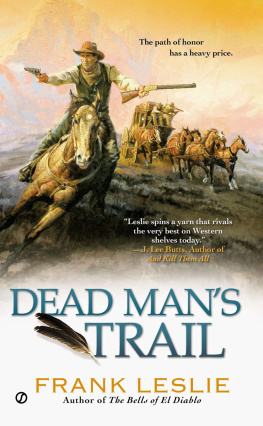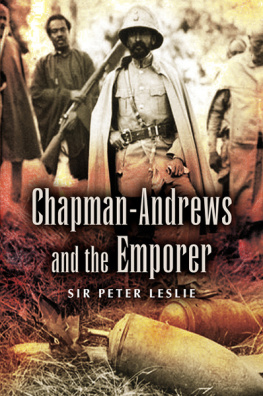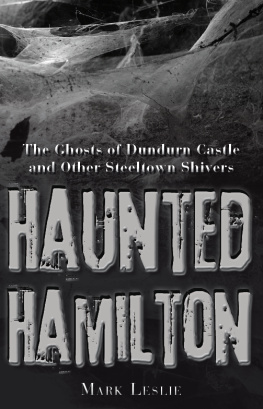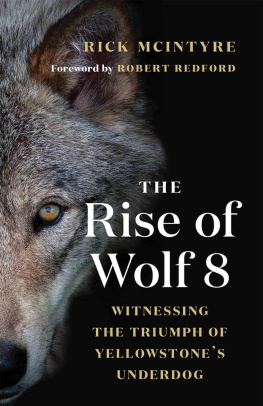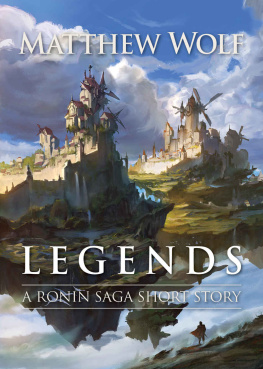The Author
Robert Franklin Leslie, of Scottish and Cherokee Indian ancestry, was born in Texas. From boyhood he explored the wilderness regions of western Canada, the United States, and Mexico, living for long periods of time in remote areas where he associated closely with native wild animals of all kinds.
Mr. Leslie received his B.A. degree from Santa Barbara State College and his M.A. degree in botanical ecology from the University of Southern California. For thirty years he was a teacher, and as an amateur archeologist he amassed a large collection of Indian relics and lore.
He was the author of a number of books, including The Bears and I (fictionalized as a Disney Production), Ringo the Robber Raccoon, and Lorenzo the Magnificent, the Story of an Orphaned Blue Jay.
In the Shadow of a Rainbow
Also by Robert Franklin Leslie
LORENZO THE MAGNIFICENT
RINGO THE ROBBER RACCOON
MIRACLE AT SQUARE TOP MOUNTAIN
WILD COURAGE
WILD BURRO RESCUE
WILD PETS
THE BEARS AND I
HIGH TRAILS WEST
READ THE WILD WATER
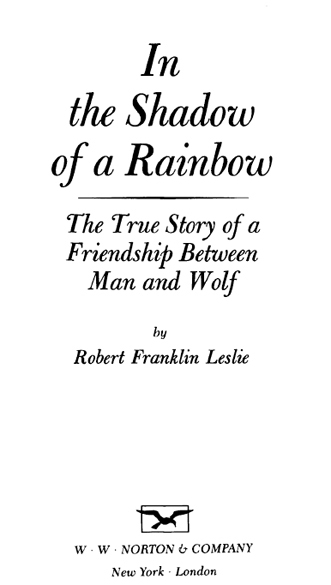
To
my good friend
Gregory Tah-Kloma,
wolf-man of the Kitiwanga
Copyright 1974 by W. W. Norton & Company, Inc.
All rights reserved
Manufacturing by the Courier Companies, Inc.
First published as a Norton paperback; reissued 1996
Library of Congress Cataloging in Publication Data
Leslie, Robert Franklin.
In the shadow of a rainbow.
1. WolvesLegends and stories. I. Title.
QL795. W8L47 1974 599 74442 7412500
ISBN 978-0-393-24463-2 (e-book)
W.W. Norton & Company, Inc.
500 Fifth Avenue, New York, N.Y. 10110
www.wwnorton.com
W.W. Norton & Company, Ltd.
Castle House, 75/76 Wells Street London WIT 3QT
Contents


Late one afternoon in the summer of 1970, a young Indian beached his canoe near my Babine Lake campsite in the backwoods of British Columbia. Clad only in shorts, he was tall and muscular, and wore his hair shoulder length. The young man introduced himself as Gregory Tah-Kloma, and told me he was a Chimmesyan of the Tsimshian band. That evening Greg sat by my campfire and grilled salmon filets for both of us.
During the weeks that followed, Greg and I became staunch friends. We canoed, hiked, prospected, and camped as a team. I learned that he had worked in various mills and mines to pay his way through college. His hands still bore calluses from that work. He was now a graduate student in mineralogy, and spent his summers at placer gold deposits along drainage systems footing British Columbia watersheds. We were both on the way to prospect Babine tributaries when we met.
Night after night, until the black frost of October drove us toward civilization, we sat by the campfire and talked. Gradually Greg told me the remarkable true story of his devotion to a threatened pack of timber wolves, a story that included his search to relocate the amazing female wolf-pack leader, known as Nhani, whose unusual company he had first enjoyed in the summer of 1964. His compelling drive to find the wolf and her pack before trappers and bounty hunters could destroy them reached unique proportions. His fascination for the wolf often took him to the brink of disaster.
I asked Gregs permission to write down his story, and he agreed. He had kept a log in which he listed events in chronological order, and a diary in which he entered his personal feelings and reactions. He allowed me to draw freely on both.
In order to protect the privacy of living individuals and to protect Nhaniwho is still very much alivecertain place names and locations have been changed, and various encounters between humans have been slightly altered. However, none of the facts of Gregory Tah-Klomas adventures with Nhani and her wolf pack have been changed. They are as he told them to me.
Robert Franklin Leslie
March, 1974


There is a pleasure in the pathless woods.
There is rapture in the lonely shore,
There is society where none intrudes
I love not man less, but nature more.
George Gordon, Lord Byron
In the Shadow of a Rainbow

A long the southern belly of British Columbias north-central wilderness stretches the lake country. Narrow troughs of water up to 130 miles long wind through the canyonlands and resemble wide, gentian-blue beltstheir names are Babine, Takla, Tchentlo, Trembleur, Stuart, Nakinilerak, and fifty more.
The longest of these southern belly lakes, Babine and Takla, lie in trenches between the Babine Range to the west and the Hogem Range to the east. A knify Bait Range separates these two lakes. Through a broad glacial canal at the Baits southern terminus, a series of five smaller lakes, the basin tarns, drain through short creeks that feed Takla.
An ancient Indian trade trail through the Babine-Takla region connects several primitive mountain settlements, often fifty miles apart. The route skirts the upper beach of Friday Lake, northernmost of the five basin tarns. A narrow flume drains Friday into Nakinilerak Lake. Of a winter the trade trail serves aged Carrier Indian trappers who follow ax blazes on the hemlock trunks high above seasonal snow line. Of a summer, possibly half a dozen die-hard sourdough prospectors may dream their way along this obsolete footpath, but no agency maintains or supervises the uninhabited route.
Seven miles south of the old trade trail, a short mornings hike by game runs, lies Nakinilerak Lake, a wilderness gem five miles long, half a mile wide.
In a clump of Sitka spruce and quaking aspens, Gregory Tah-Klomas campsite straddled a breezy, bug-free peninsula near the lakes intake flume. The year was 1964. About two months remained before a late September or early October snowstorm would hurl him back over the archaic trade route to the totem-pole settlement of Hazelton, where he had left his station wagon with a friend. Prospectors cursed that sixty-mile trek between Friday Lake and Hazelton as a backbreaker, full of deadfalls, winddowns, devils-claw, icy fords, and landslides. But Greg wasnt worried. His pack would be lighter because he would hide his tools at the diggins; his food supply would be exhausted; he would throw away his dirty clothes. Much of the route would skim downhill, paralleling the right bank of the Suskwa River.
During the first ten days of July, Greg had panned the stream bed between Friday Lake and his campsite. Thousands of years ago receding Ice Age glaciers had deposited pockets of placer gold nuggets the size of pinheadsand smalleralong bedrock riffles beneath everything from a two-foot overburden of glacial mica up to mountainous moraines.
Next page

